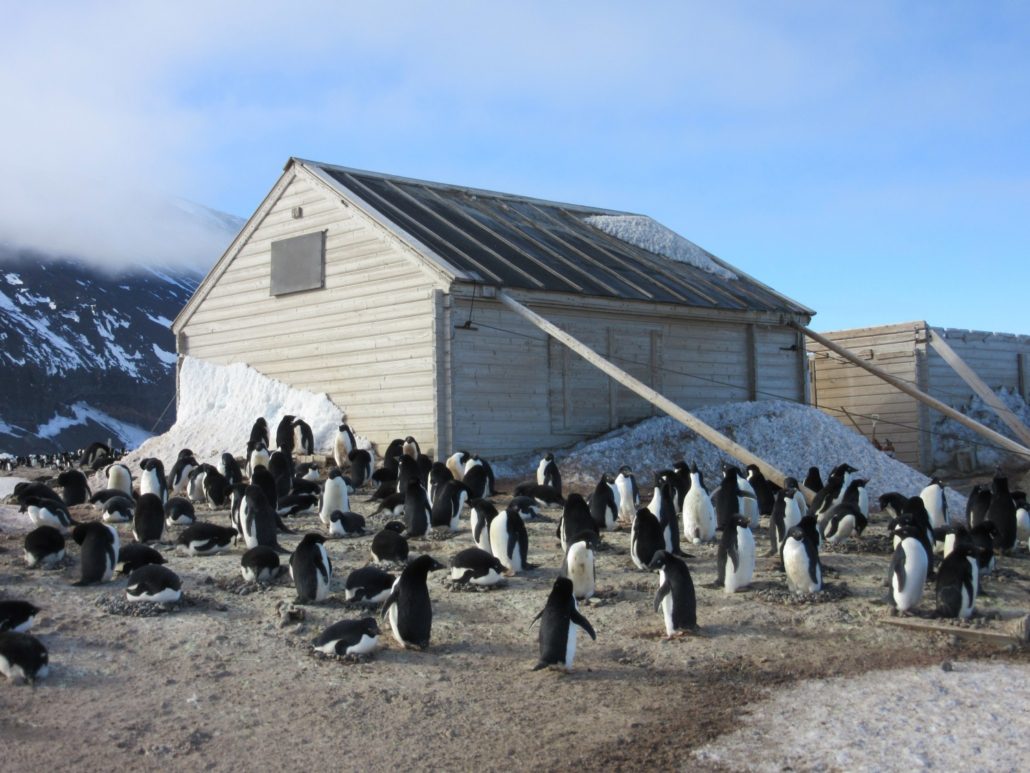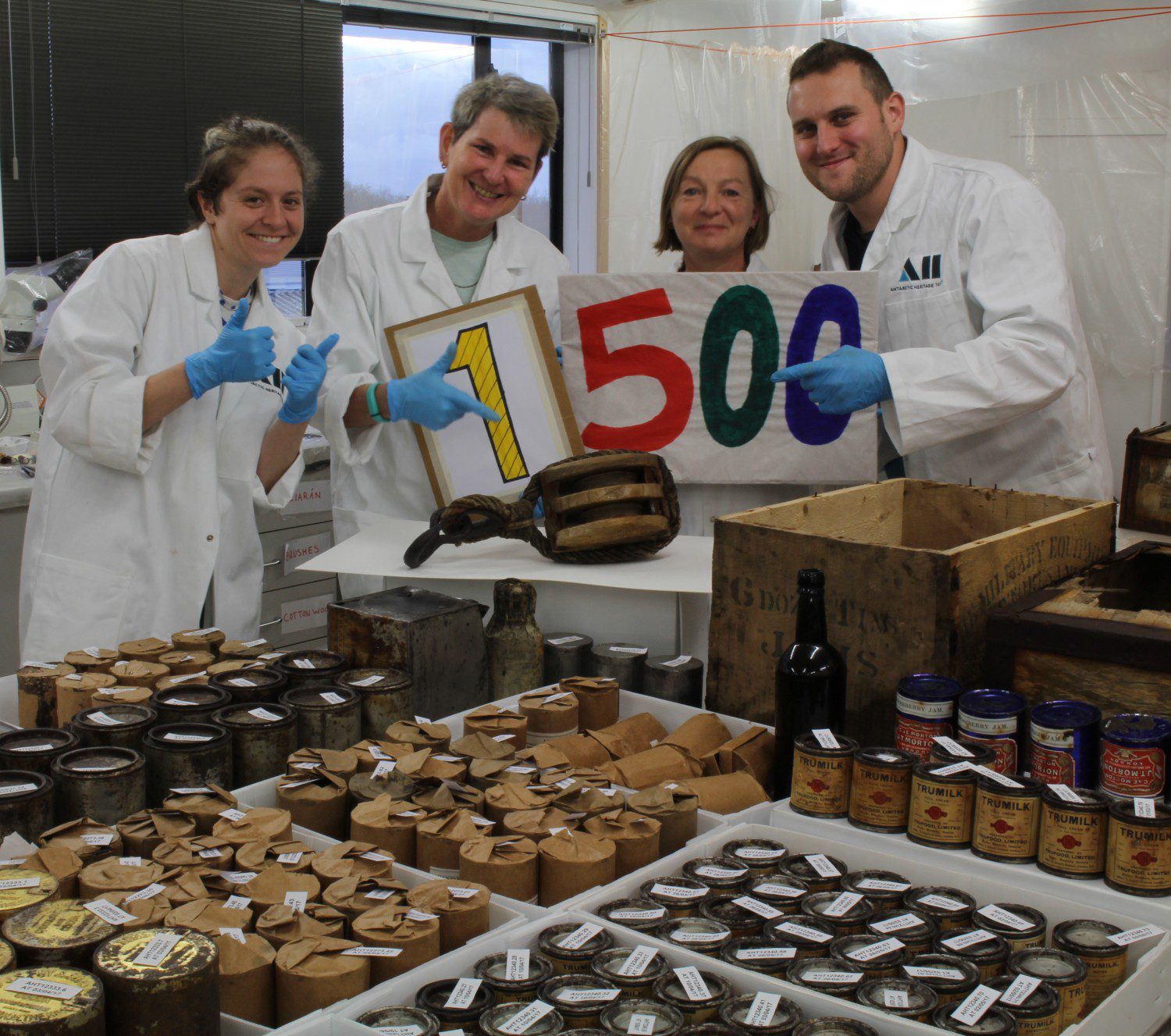From Armagh to Adare, And Back Again
Cape Adare in Antarctica is one of the most isolated locations in the world and in 1898 the British Antarctic Expedition made it their home as the first team, led by Carsten Borchgrevink, to live and explore on the great unknown seventh continent.
 Antarctic Heritage Trust
Antarctic Heritage Trust Borchgrevink’s huts at Cape Adare.
This epic journey of exploration was for the intention of widening knowledge of the natural world. The goal of the expedition included an element of scientific study, such as meteorological study.
Understanding the weather of the Antarctic continent is as important today as it was for the first explorers in the region. One tool used to measure the wind speed was an anemometer, an example of which was found at Cape Adare, minus one of its 4 cups. The damage the anemometer suffered hints at the extreme winds that frequently scour the landscape.
This style of anemometer was invented by Dr John Thomas Romney Robinson, of Armagh Observatory in 1846. It is a fitting coincidence that this would be one of the final artefacts to have come across my bench in my final days working on the project. As the anemometer will return along with the other conserved artefacts to Cape Adare, I have come to the end of my involvement in the conservation project and prepare to return to Armagh. I will leave with the experiences I have had, the friends I have made and the knowledge that I have played my part in preserving the incredible history of Cape Adare and an inspiring story of human courage, endurance and exploration.
Written by Ciarán Lavelle, AHT Conservator.
 Antarctic Heritage Trust
Antarctic Heritage Trust Anemometer – before treatment. From Cape Adare site.
 Antarctic Heritage Trust
Antarctic Heritage Trust Anemometer – after treatment. From Cape Adare site.
 Antarctic Heritage Trust
Antarctic Heritage Trust Borchgrevink’s huts at Cape Adare.
 Antarctic Heritage Trust
Antarctic Heritage Trust The Trust employs a team of specialist conservators from around the world to assist on conservation projects.
Left to right: Josefin Bergmark-Jiménez, Sue Bassett, Nicola Dunn-Stewart and Ciarán Larvelle.


 Antarctic Heritage Trust
Antarctic Heritage Trust